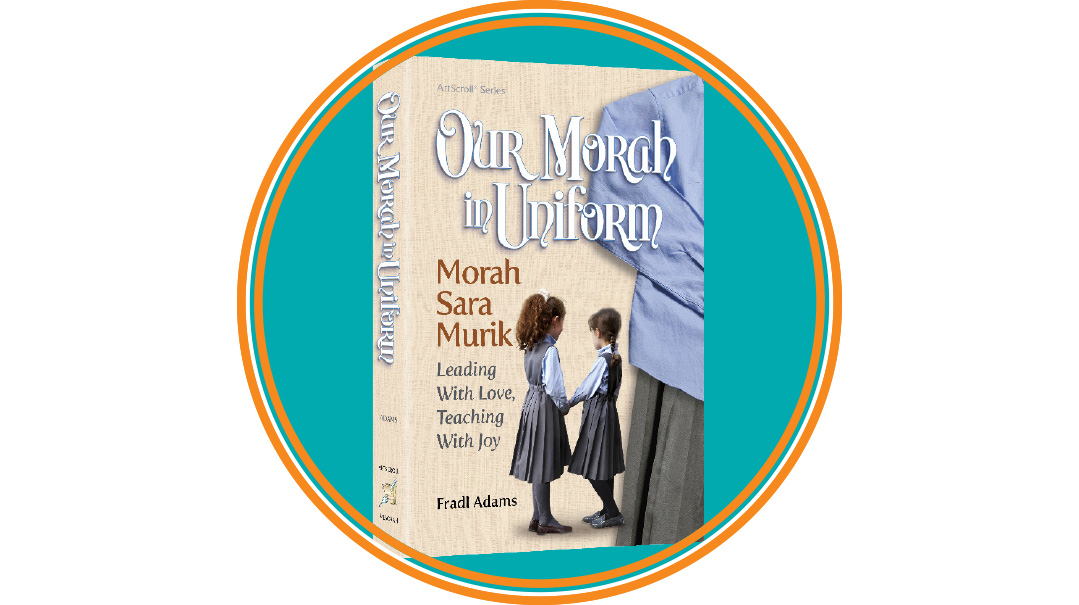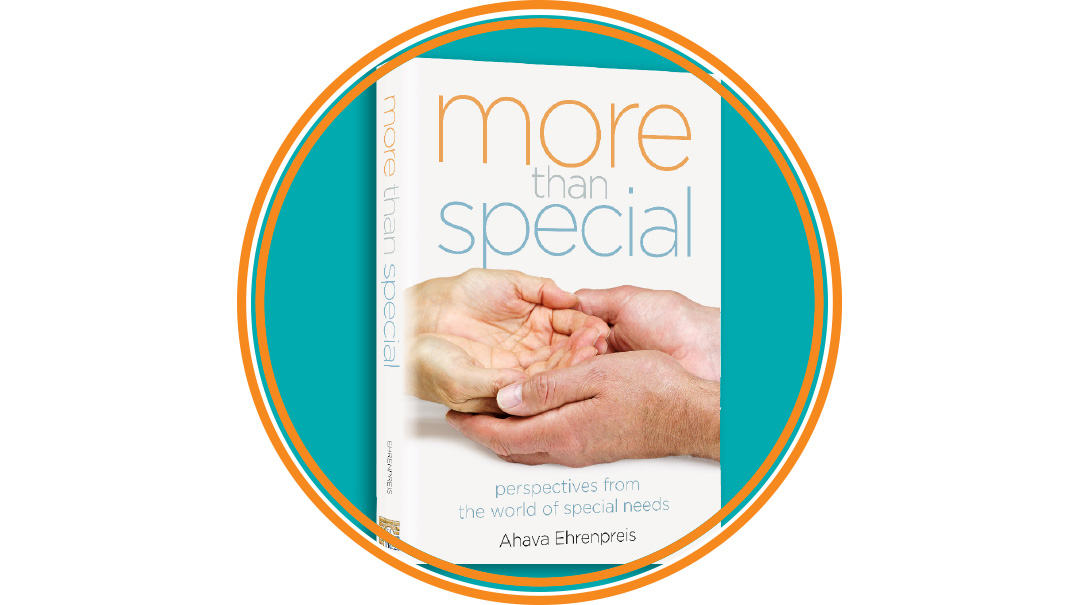Abandoned
| September 13, 2022M. Kenan shows her versatility as an author, crossing cultural worlds with integrity while remaining in the modern age

Book: Abandoned
Author: M. Kenan
Publisher: ArtScroll
Book in three lines
Who can turn away from the cries of an abandoned, starving baby? In a country where daughters are a burden, for they eat but don’t work, a newborn girl is left under bushes verdant with monsoon rains. A Sikh with a dark secret finds inspiration in Judaism. A frum couple grapples with family and health crises as well as the challenge of providing for the endless needs of their children. Another couple, with a silent home, is almost pulled apart by their differences and pain. These characters all come together in a novel touching on some of life’s greatest ironies.
Author in two lines
Initially famed for her epic historical novels, The Betrayal and The Outcast, M. Kenan has acquired a fan club across the frum literary world. In this contemporary saga, she shows her versatility as an author, crossing cultural worlds with integrity while remaining in the modern age.
What inspired me to create this plot
I think there were two sources of inspiration. One was a surprising halachah I learned in the course of a routine Shabbos meal — I won’t tell you more and spoil the read. The other was the many conversations I’ve had with Jewish women, of all ages, about the fact that while parenthood is undoubtedly a miracle, parents of a large family often face a certain amount of prejudice, and don’t always receive the recognition, or even admiration, they truly deserve.
How I researched India
With my eyes, hands, ears, and sometimes even my feet. I couldn’t actually travel there, but got my hands on all the information I could, including photographs of the hospital where Shaul was hospitalized, adoption agencies, maps, and dictionaries.
Whether I base my characters on real people
Probably. But most of them are so blurred that if you’re trying to identify the people they’re based on, I’m sure you’ll get it wrong.
My favorite characters in this book
Shaul and Ricky, of course.
What readers will walk away with
I always say that a book is a labor shared between the author and the reader. The author encrypts secret messages between the lines, and the reader finds them. The beauty is that in the decoding process, each reader rewrites the plot in a slightly different way. I believe this is one of the reasons people can get so passionate in a debate about fictional characters — and often don’t reach a consensus.
The greatest irony in this plot
Aahh, irony, what’s that? More seriously, all of reality is ironic, from beginning to end.
My most interesting research resource
A veteran psychotherapist who helped me build a realistic relationship and believable conversations between the kidnapper and his hostages.
A writer who I’d like to mentor me
I’d like lessons in writing (and in courage and Jewish thought) from Rabbi Marcus Lehmann. His novels were groundbreaking 150 years ago, and continue to hold the attention of 21st-century youth.
A period in history I’d like to visit
I’d need two time tickets — one to the generation of Har Sinai, and the other to the End of Days.
The book that’s currently on my night table
I don’t have a night table. When I read a book, I usually do so from cover to cover, not going to sleep until I’ve finished — and replaced it in the bookcase.
Author: Rabbi Nachman Seltzer
New Release: Zera Shimshon Eishes Chayil
In 2007, I wrote a story about the Zera Shimshon, the kabbalist Rav Shimshon Chaim Nachmani of 18th-century Italy. That story generated a storm of interest, bringing the sefer and its segulah to the attention of thousands. It led to more articles and eventually to two English seforim on the Zera Shimshon, which sold over 30,000 copies. This sefer is the third in the series, a commentary on Eishes Chayil.
This book offers explanations on Eishes Chayil, which isn’t something that’s received much attention in the past. It’s unique because Rav Nachmani looks at the entire Eishes Chayil as one tapestry, as a mashal to every aspect of a Jewish woman’s life. The pesukim are all tied together, with each beautiful line illustrating another facet of the different elements in a Jewish woman’s life.
I found it fascinating that even though Rav Shimshon Chaim wrote this commentary over 250 years ago, it’s incredibly relevant to life as we know it today, both in the challenges he describes and in the type of business success he attributes to the Eishes Chayil. This is especially true today, when so many women have proven to be extremely successful in the business arena and have to reconcile their two lives — office and home — and make them work together in seamless fusion.
Author: Rabbi Hanoch Teller
The Funniest Story I’ve Written
I’ve written many funny stories (and admittedly, many sad stories). But of all the funny stories, “Of Course” in Too Beautiful probably takes the cake, or perhaps, upside-down cake.
Just like a photograph of a beautiful scene with perfect lighting is always an unforgettable winner, this story about a chassidish rebbe who didn’t speak English performing a bris on Shabbos for a nonreligious infectious disease specialist — in front of his medical school colleagues — had all the classic components of hilarious humor: surprise, repetition, inversion, exaggeration, and slapstick incongruity. We always laugh at what surprises us because it seems out of place, and in this true story, everything was out of place.
Among the stats that this story has amassed (that I’m aware of): the head of pediatric cardiology in Columbia Presbyterian Hospital was so amused by “Of Course” that he requested his patients and staff to vacate his office, without revealing that he needed to regain his composure. Those outside heard such bizarre noises emanating from the office that they notified security. Two minutes later, the esteemed doctor’s door was burst open by a phalanx of gun-wielding officers, only to find the professor doubled over.
In another noteworthy incident, after reading “Of Course,” a woman (who I know well) laughed her way through contractions and — I could not make this up — even through delivery. Her husband did not think this was a laughing matter, but baruch Hashem our son is healthy and loves telling jokes.
Lastly, a woman in Jerusalem whose husband is a prominent and revered personality, chuckled so hard reading the story that she had to be hospitalized (and vowed she would never finish reading it).
(Originally featured in Family First, Issue 810)
Oops! We could not locate your form.







